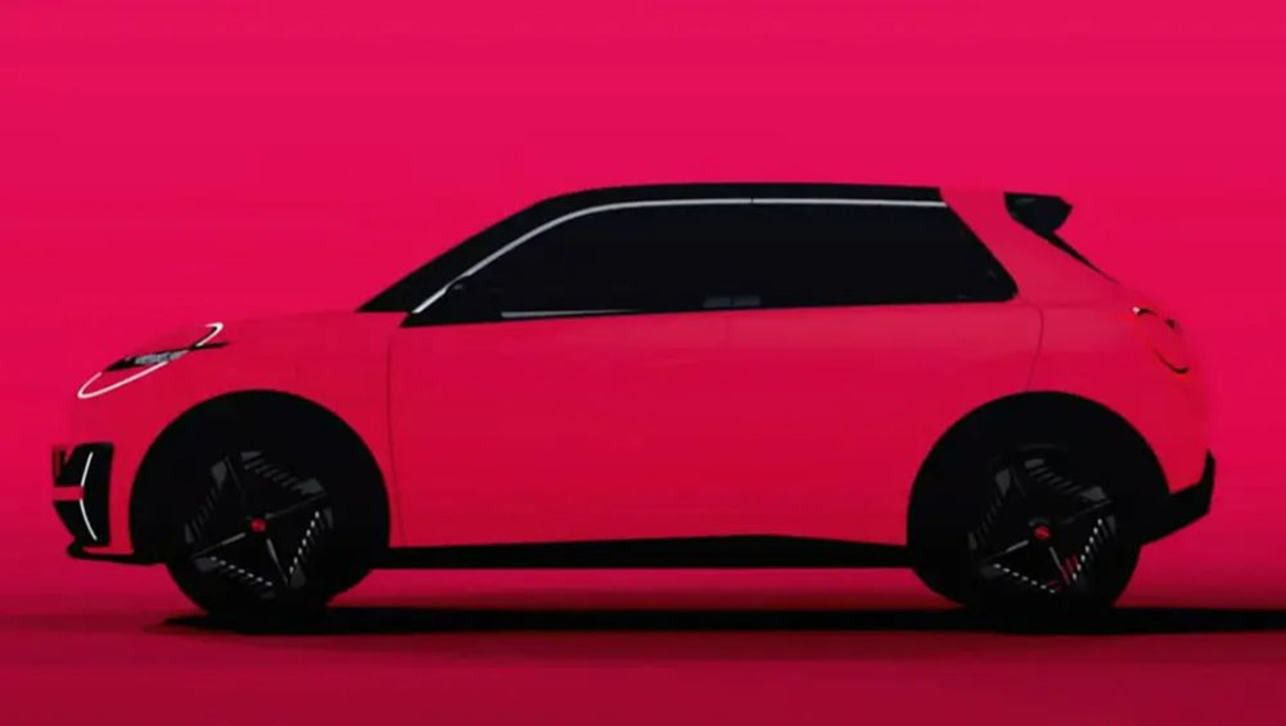What might drive up choice for Nissan vehicles and definitely drive down prices and wait times?
An update in 1970s Malcolm Fraser-era federal government legislation, that’s what.
Speaking to CarsGuide at the launch of the Nissan Qashqai Ti e-Power earlier this month, Nissan Australia Managing Director, Adam Paterson, called for Australian Design Rules (ADRs) to line up directly with global standards to cut complexity, costs and delays.
“One of (Nissan’s) requests is to have type-approved vehicles from other major markets acceptable here, without the specific unique ADRs, allowing us to speed up our entry to market,” he revealed.
“If there is a specific local requirement, and we’ll use the top-seat tether as an example (ADR 34), before a vehicle that might be European spec – that otherwise would specifically match the requirements of ADRs and can be made ready for market here – then that specific (ADR) requirement needs to be tested, and engineered, and then has to be rolled into production, increasing the complexity of plants, etcetera.
“So, removing that barrier to entry, that specificity, can remove much of that cost and time… and that (can have cost benefits) that can be rolled down to customers as well.”
.jpg)
Just in case you missed it, the Australian-specific rule in question is ADR 34, which outlines the requirements for child restraint upper anchorages in rear seats of passenger cars, dating back to March, 1976 and amended in February, 1984.
Nissan’s argument is that vehicle safety as well as child-seat technologies have progressed in the ensuing half century, meaning that ADRs should align with other markets offering updated safety legislation requirements that reflect such changes.
While Paterson reveals that a broader range of Nissans should be the outcome of any ADR changes that align Australia with Europe, he declined to discuss which models might be on his mind for our market.
“The challenge is we’re here talking in March about legislation to launch in 10 months give or take from now, and product planning timelines are a little longer than that generally speaking,” the local Nissan boss began to explain.
“The request is not that this is the model that will be launched. It is just the timeline that is being discussed is really challenging to meet local homologation and regulation requirements, go through a production standpoint validation etcetera, and get a product to market.
“We don’t have a specific (model) that we are after, it’s just that those timelines are a bit ambitious to launch a product to market.”
.jpg)
Note, too, that Paterson is not calling for the opening up of grey-market vehicles that could decimate new-vehicle sales, like what happened in New Zealand in the 1980s, leading to a flood of used Japanese cars of all shapes and sizes.
“We’re not suggesting that we open up access to grey-market vehicles from other parts of the world,” he added.
“This applies to (new) EVs, electrified powertrains and ICE from elsewhere, because it will allow us for a one-speed access to market and reduce specific research and development and engineering costs.”
.jpg)
However, Paterson rejected the notion that Australia’s peculiar ADRs are behind the now-long-established-elsewhere Ariya EV’s tardy and as-yet still-secret estimated time of arrival in Australia.
“I wouldn’t say it’s one of the reasons that Ariya is late because I don’t agree that Ariya is late,” he said.
“But, again, there are specific requirements that for the Australian market for Ariya that are unique to New Zealand, that are unique to the UK, and use the UK as an example where the car is on sale and use New Zealand as an example where the car will be on sale shortly – in advance of Australia.”
.jpg)
While looking at Nissan’s current global portfolio for models not available in Australia reveals vehicles of somewhat limited scope and appeal, moving forward, coming cars, crossovers, SUVs and utes – including the anticipated next-generation Leaf ‘crossover’, Renault 5 E-Tech-based Micra EV and the long-rumoured sub-Navara car-based pick-up – could really resonate with local consumers.
If Paterson is right, pulling out barriers including ADR 34 to make those happen would only hasten their arrival and decrease their cost.


.jpg)







.jpg)

.jpg)

.jpg)
.jpg)

.jpg)
.jpg)
.jpg)
.jpg)
.jpg)
.jpg)
.jpg)
.jpg)







Comments